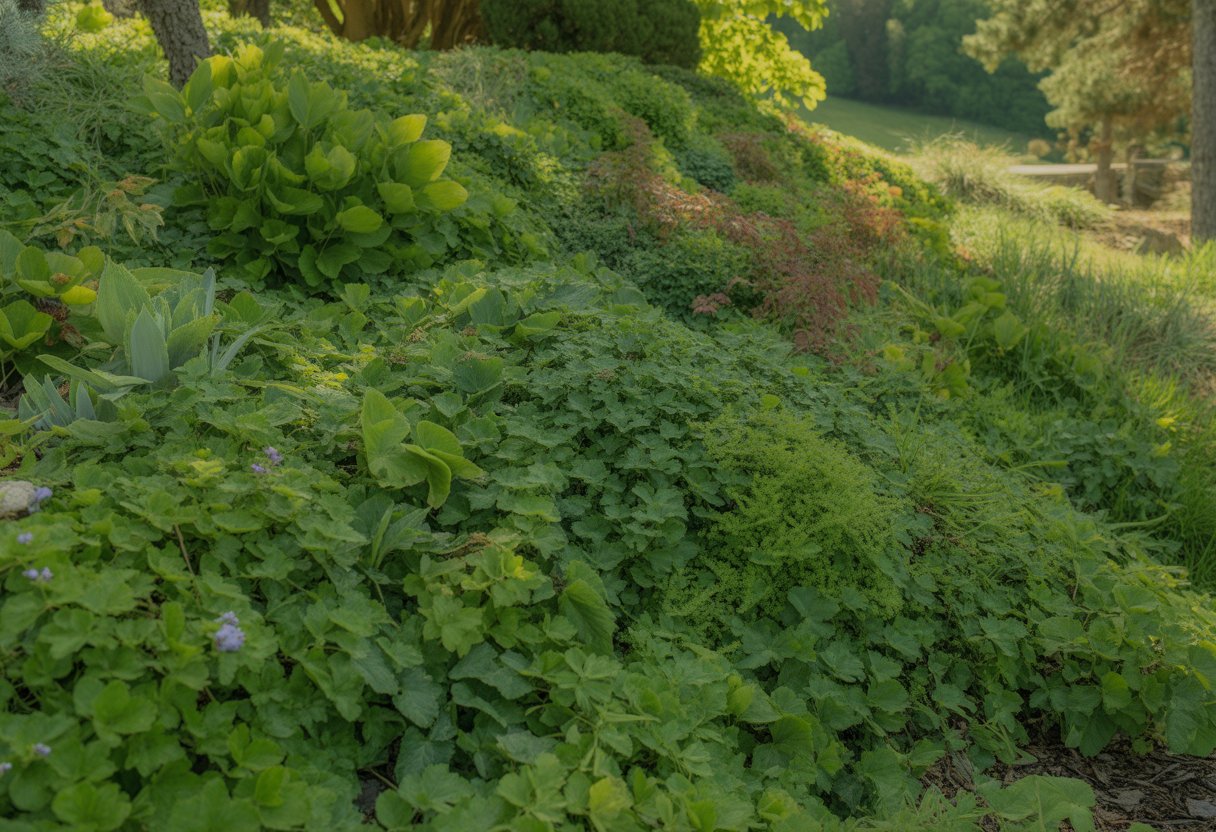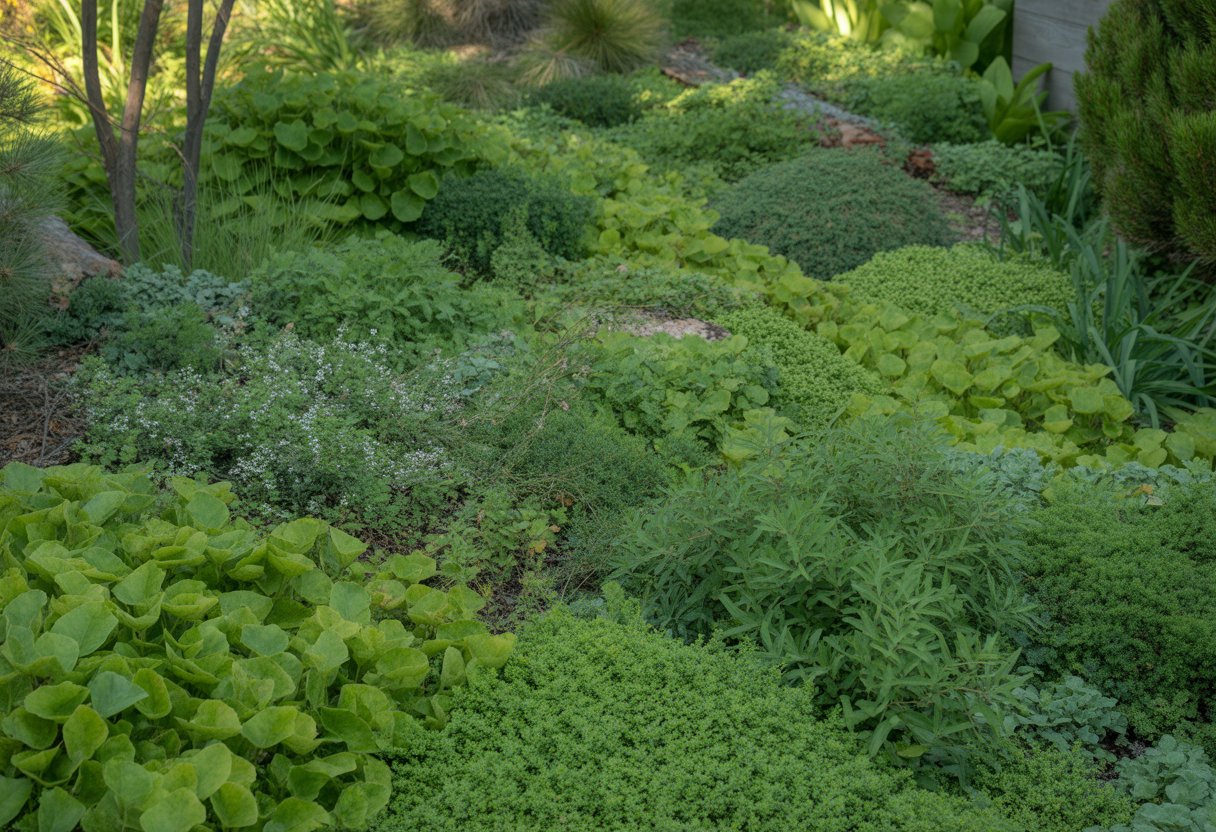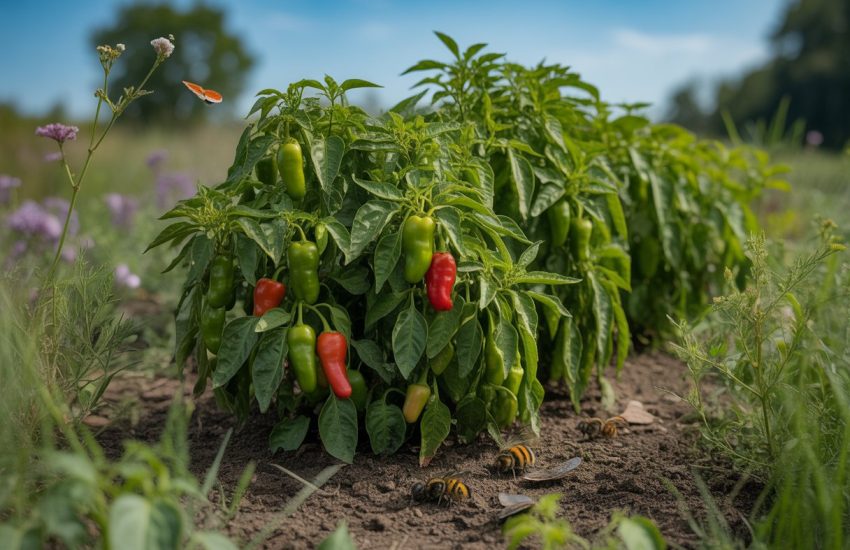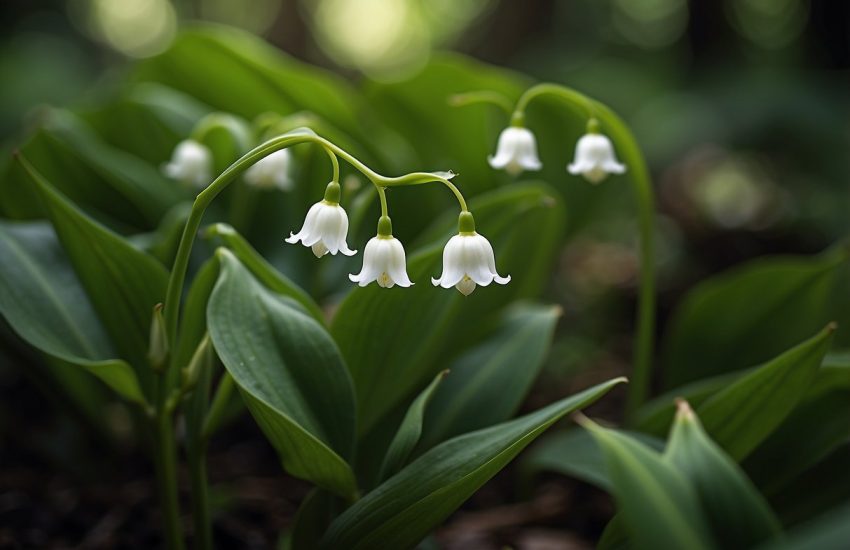Benefits of Planting Native Ground Cover for Sustainable Landscaping and Soil Health
Planting native ground cover gives both gardeners and the environment some real, practical perks. It improves soil health, reduces erosion, and supports local wildlife by offering habitat and food sources.

Native ground cover just needs less fuss. Since it’s adapted to the local climate and soil, you end up saving time, water, and money—especially compared to those finicky non-native options.
Gardeners who pick native plants help boost biodiversity and create more resilient green spaces.
Ecological Advantages of Planting Native Ground Cover
Native ground cover does more than look good—it shapes habitat quality, protects soil, and supports important species. It’s one of those rare choices that actually makes a difference for ecosystem health.
Enhancing Biodiversity
Native ground covers create habitat and food for local wildlife like insects, birds, and small mammals. Dense foliage offers shelter and breeding spots that native species really depend on.
When you use native plants, you help maintain the natural balance in the ecosystem. These plants fit right in with the region’s climate, soil, and pests, which means healthier ecosystems all around.
This approach also puts the brakes on invasive plants that can overrun native vegetation and cut down biodiversity. A diverse mix of native groundcover builds a more resilient environment for all sorts of plants and animals.
Supporting Pollinator Populations
Native ground covers pull in key pollinators like bees and butterflies by providing nectar and pollen through the growing season. Local pollinators seem to prefer these over non-native choices.
Planting native species keeps pollinator populations steady, which is vital for both wild plants and food crops. Native plants tend to bloom at the right times and have flower shapes that make feeding easier for pollinators.
Bees and butterflies thrive, and the whole ecosystem gets a boost. More pollinator activity means native plants can regenerate, which helps biodiversity and even supports nearby farms.
Preventing Soil Erosion Naturally
Native ground covers have root systems that hold soil in place and cut down on erosion. Their roots grab onto slopes and bare patches, keeping runoff and nutrient loss to a minimum.
If you use native groundcover as living mulch, you won’t have to rely so much on synthetic mulches or chemical stabilizers. It’s a natural way to keep soil healthy, hang onto organic matter, and lock in moisture.
Keeping soil in place also stops sediment from polluting waterways, which helps out aquatic habitats. Native groundcovers offer a straightforward, eco-friendly fix for long-term soil stability.
Low-Maintenance Benefits in Gardens and Landscapes
Planting native ground cover means you spend less time, effort, and money on garden upkeep. These plants just settle in and handle local conditions with fewer headaches.
Reducing Maintenance Costs
Native ground covers—think grasses, perennials, ferns—get established fast and don’t ask for much pruning, mowing, or replacing. You save on labor and equipment, whether you’re working in a backyard or a bigger landscape.
Since these plants belong in their native environment, they shrug off pests and diseases better, so you don’t have to replant as often. They also make good use of local nutrients, so you won’t need to add compost or amendments as much.
Diminishing Need for Chemicals
Native shrubs and ground covers usually don’t need many pesticides or fertilizers. Their local adaptation makes them tough against pests, so you skip most chemical treatments.
When gardeners avoid synthetic chemicals, they help the soil and beneficial insects stay healthy. Relying on native species just makes for a more sustainable pest management approach, and it fits right in with integrated pest management ideas.
Minimizing Supplemental Irrigation
After getting established, native grasses and perennials usually need a lot less water than non-natives. Their deep roots have evolved to match local rainfall, so you don’t have to water them much.
That water efficiency saves resources and cuts utility bills. With the right native ground cover, you get drought resilience and only need to water occasionally once the plants are settled in.
Best Native Ground Cover Options and Uses

Picking the right native ground cover depends on your local climate, soil, and what you want from your garden. If you choose the right perennials, shrubs, or grasses, you’ll get good coverage and ecosystem benefits.
Recommended Species for Different Regions
In temperate areas, Thymus serpyllum (wild thyme) stands out as a drought-tolerant, aromatic ground cover. It’s great for rock gardens and sunny spots.
For the Midwest, Little Bluestem is a native grass that controls erosion and brings in some seasonal color with its blue-green blades and rusty fall tones.
Ferns work well in shady, damp places—think eastern and Pacific regions. Christmas fern, for example, offers dense, green cover all year.
If you’re in a dry climate, drought-resistant natives like certain succulents or Artemisia species make solid ground covers.
Matching native species to your region means they’ll settle in faster, need less work, and help local biodiversity thrive.
Utilizing Perennials, Shrubs, and Grasses
Perennials like Heuchera and native violets bring bursts of color and hug the ground, making life easier for pollinators. Their deep roots dig in, holding soil steady and cutting down on runoff.
Shrubs—think low-growing mountain laurel—step in where slopes get tricky. They add structure, and, honestly, those seasonal blooms are a nice bonus.
Native grasses such as little bluestem and buffalo grass form tough, dense mats that crowd out weeds and help wildlife stick around. These grasses handle a mix of soils and climates without much fuss.
Mixing perennials, shrubs, and native grasses just makes sense. You end up with healthier soil, more interesting gardens, and a space that works for both people and nature.


